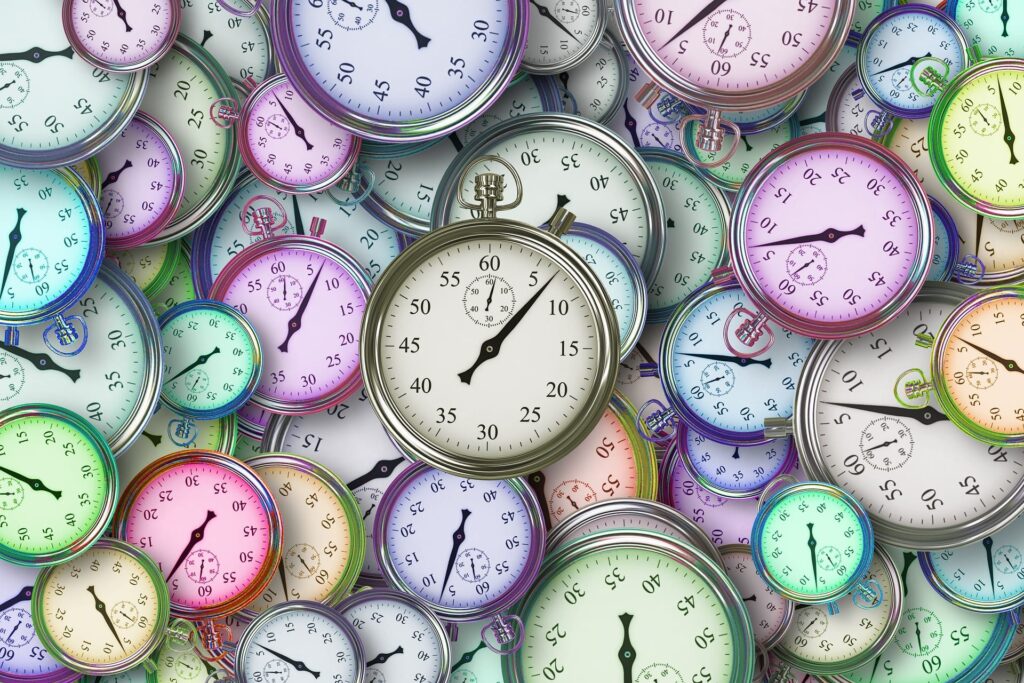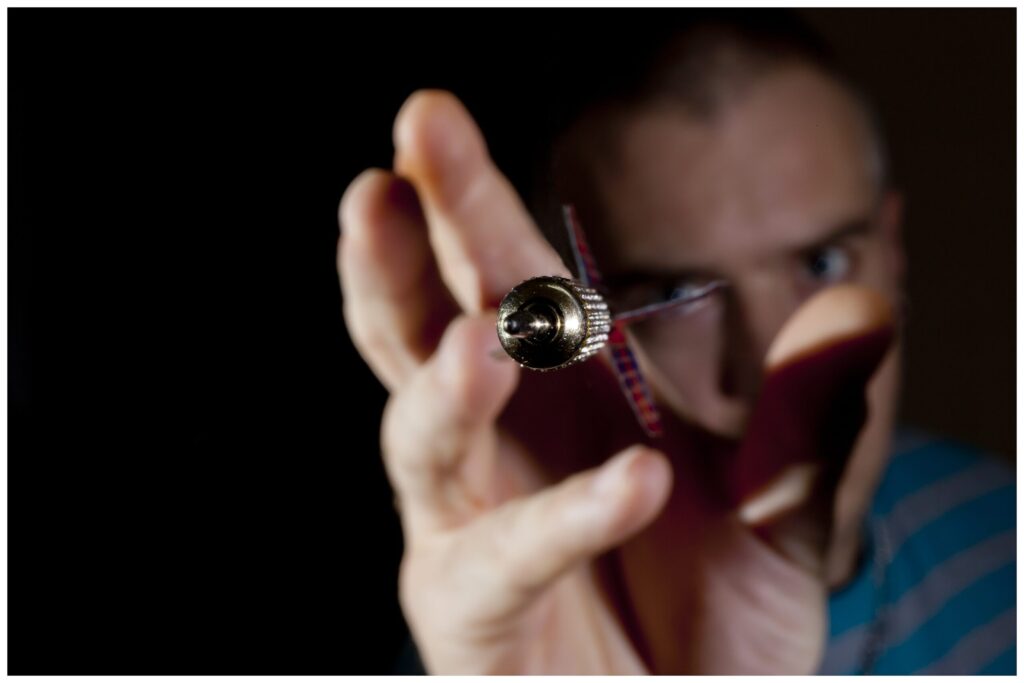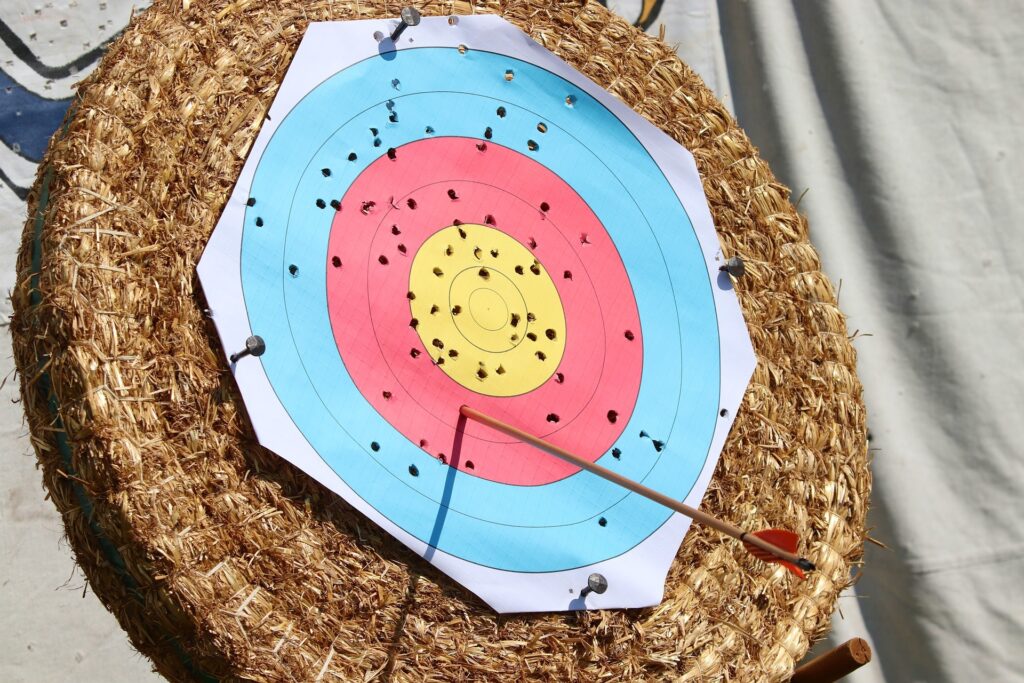Lots of Practice, Not Perfect Practice

There is an interesting phrase pair I have been hearing from a lot of instructors recently. I hear: “Practice makes perfect.” Then an admonishment: “No. Practice makes permanent. So make sure you don’t practice poorly!”
The first is a message of hope and resilience. If you practice and stay the course, you can find mastery. If things are going wrong, keep practicing. The second contains the idea of “quality, not quantity”—that’s a beautiful idea. However for many it also contains the message, “Don’t practice unless you can do it perfectly.”
I have seen many students trying to follow this second piece of advice and during the space of a class they only allow themselves to do a very small number of repetitions of any given technique. They haltingly muddle through each and every motion, attempting to perfect it while in progress. I also see them judging the quality of each stage, and judging themselves, long before such judgments are necessary or useful.
More Repetitions Means More Learning
At the beginning, you need to allow your body/brain to figure things out through exposure and repetition. Your unconscious mind is far better at identifying patterns (positive and negative) than your conscious mind. When you seek perfection too early, you interrupt your natural learning process with over-thinking. You also reduce the number of repetitions you get and thus you lose a lot of data and opportunity to learn and correct.
When someone is first learning a mechanic, I’d much rather they understand the objective of that mechanic and then practice the technique as much as possible. If you understand the outcome you are looking for, you can continue to tweak and adjust the motion until it gets better at achieving that outcome.
The risk of conditioning an incorrect response is actually quite small when you’re first building proficiency. The reality is that you are probably not doing the same thing twice at any moment. Consistency is required for conditioning. So, until you are consistent you don’t need to fear programming in a bad habit.
Work From Cues and Goals
As an instructor I try to provide my students with a context for any motion they learn and the waypoints they want to pass and why. If possible I create a stimulus and response to their technique that gives them a physical feedback of success or failure (e.g., if you successfully parry, you don’t get hit). Then I invite them to do that motion as much as possible and I give them coaching when it seems relevant. Often it’s not a lot of coaching. Everyone needs time for their own feeling and exploration—too much coaching means too much thinking and too few repetitions.
Doing It Wrong Is Learning
Understand the boundaries of right by exploring all of the wrong around it. Incorrect reps are vital to understanding what the qualities are of correct ones. Every time that you fail in a technique (particularly if a consequence is given) you learn to perceive failure, which is an essential combat skill. You also begin to understand the qualitative differences between correct and incorrect technique. Let yourself fail so you can truly understand success.
Get Comfortable with Discomfort
Learning something new is uncomfortable. Doing something you are not used to is, by definition, uncomfortable. As an instructor I am comfortable with this in my students. I am patient with their learning. I want them to be patient with their learning as well.
So many aspects of physical training require a connection to the “feeling” of doing it properly. This is not something you can manage on a mental checklist. So stop trying. Turn off the judgment and turn up the curiosity. Let yourself do the motion a lot of times, feel the outcome, tweak and experiment, and be patient. Learning is uncomfortable and requires lots of bad reps before you find proficiency. So don’t aim for perfection, aim for practice, and get those bad reps going.




Responses